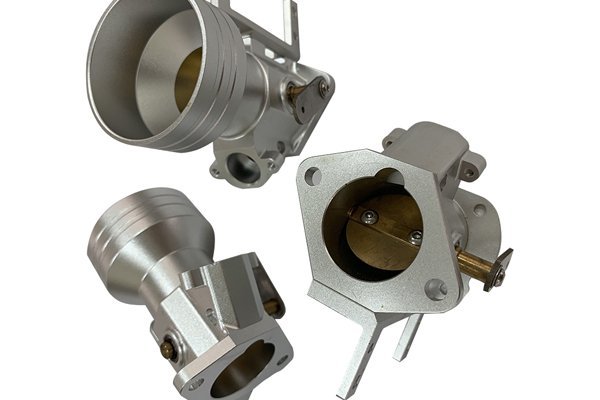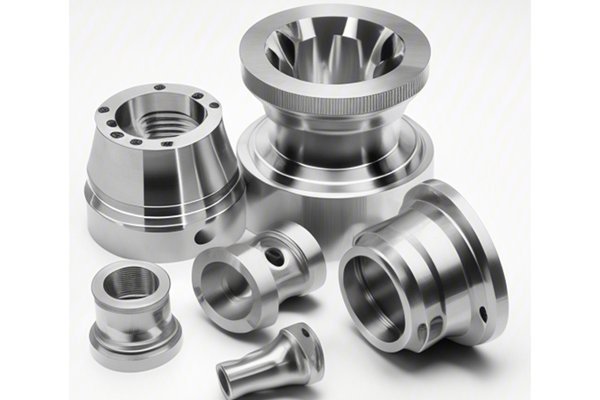Opening:
Did you know that selecting the right material for CNC machining can reduce production costs by up to 30% while improving the quality and durability of the finished product? Whether you’re designing the next high-performance automotive component or creating intricate parts for aerospace applications, the material you choose is critical to achieving optimal results. In this blog, we will delve deep into the vital factors influencing material selection for CNC machining, particularly in aluminum and steel, two of the most commonly used materials in manufacturing today.
Content:
CNC (Computer Numerical Control) machining refers to a manufacturing process where pre-programmed software dictates the movement of factory tools and machinery. This process is known for its precision, efficiency, and automation, enabling the production of complex shapes and designs out of various materials. In CNC machining, two materials reign supreme: aluminum and steel.
Aluminum is lightweight, corrosion-resistant, and malleable, making it ideal for applications requiring high strength-to-weight ratios. Steel, on the other hand, is robust, offering exceptional strength and durability, which is crucial for heavy-load applications. Both materials have unique properties that can be exploited within CNC machining to achieve different manufacturing objectives.
Selecting the right materials for CNC machining involves a multifaceted approach. Here are the critical factors that engineers and designers need to consider:
a. Mechanical Properties:
Understanding the mechanical properties of materials such as tensile strength, yield strength, hardness, and fatigue resistance is vital. Aluminum alloys, like 6061 and 7075, are popular due to their excellent tensile properties and resistance to deformation under stress. Conversely, different steel grades provide various balances of strength and ductility, such as high-carbon steels for hardness and low-carbon steels for formability.
b. Compatibility with Machining Process:
Every material responds differently to CNC machining processes. For instance, aluminum tends to chip and requires specific cutting tools to optimize its machining. Steel may require slower cutting speeds and special attention to heat generation to prevent tool wear. Understanding material compatibility helps in optimizing machine settings and reduces the likelihood of malfunctions.
c. Surface Finish Requirements:
Different applications have distinct surface finish requirements, which can heavily influence material choice. For high-precision and aesthetically sensitive applications, such as in the automotive interior or electronics, the surface finish needs to be more refined. Aluminum can be polished to a brilliant shine, while steel can be finished through processes like anodizing or plating to enhance corrosion resistance.
d. Cost and Availability:
Material cost is always a major consideration. While aluminum may offer a cost-effective alternative for some applications, high-grade steel may be necessary for others despite its higher cost. Availability is another critical aspect. Engineers must ensure that they can source the materials within the required timeframe and avoid delays in production schedules.
e. Environmental Impact and Sustainability:
Today, sustainability in manufacturing is more critical than ever. Considerations about the environmental impact of material production, recyclability, and lifecycle should guide material selection. Both aluminum and steel are highly recyclable, but the carbon footprint associated with their production can vary significantly. Making eco-friendly choices contributes to responsible manufacturing.
a. Aluminum: Pros and Cons
Pros:

Cons:
b. Steel: Pros and Cons
Pros:
Cons:
:
In conclusion, selecting the right materials for CNC machining aluminum and steel parts is a multifaceted decision that directly influences production efficiency, cost-effectiveness, and product quality. The critical factors include the mechanical properties of the materials, their compatibility with CNC processes, surface finish requirements, cost and availability, as well as environmental considerations.
As the demand for higher precision, sustainability, and performance in manufacturing increases, understanding the intricacies of material selection becomes paramount for engineers, designers, and manufacturers alike. This blog is essential for anyone engaged in CNC machining, providing comprehensive insights into the critical aspects of material choice. Remember, every effective manufacturing process begins with informed material selection—an essential building block for success in today’s competitive landscape.
By thoughtfully considering these factors, companies can not only enhance their product quality and operational efficiency but also contribute to sustainable manufacturing practices. As we move into an era focused on innovation and environmental responsibility, the importance of optimal material selection in CNC machining cannot be overstated.
Final Thoughts:
What will your next project look like with the right material choices? Reflect on these aspects before your next machining endeavor; your selection can make all the difference in achieving a successful outcome.
—






